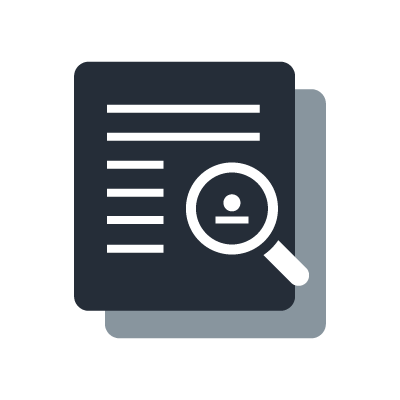What is reverb?
Reverb is an effect that brings a sense of spatial depth and width to sound, by adding reverberation or reflections to the sound signal. For instance, even when playing in a small hall, using reverb makes it possible to mimic the sound of a large performance hall.
How reverb works
Reverb is the result of sound reflecting and echoing against the walls, floor, ceiling, or other parts of a building. For instance, when you sing inside a room, the first thing you hear is the direct sound itself. Afterwards, you hear the sound reflecting off nearby walls, and then echoing from all over the place. The initial reflection you hear from the walls and the echoes thereafter are collectively called "reverb".

Types of reverb
There are several types of reverb. This section lists some of the typical types.
Hall
As the name suggests, this type of reverb simulates a large room, with a longer reverb time. This is the most noticeable reverb effect.
Stage
This type of reverb simulates a room that is smaller than a hall. Room
Room
This type of reverb simulates a smaller room, with a shorter reverb time.
Plate
Originally a common type of reverb in recording studios, this simulates reverberation using a vibrating metal plate. Plate reverb adds warmth to the sound, and is often used effectively with vocals.
Hints for using rever
Although reverb can add to the presence of a sound, it can make the sound muddy if used too much. Try adding reverb a little at a time, making sure that you can hear the original sound clearly.






